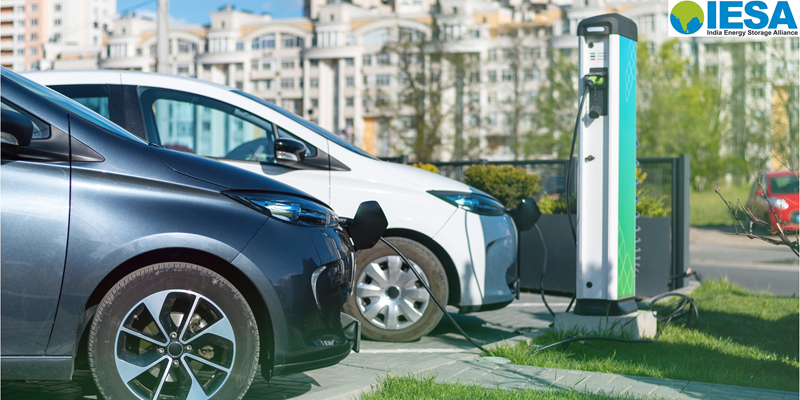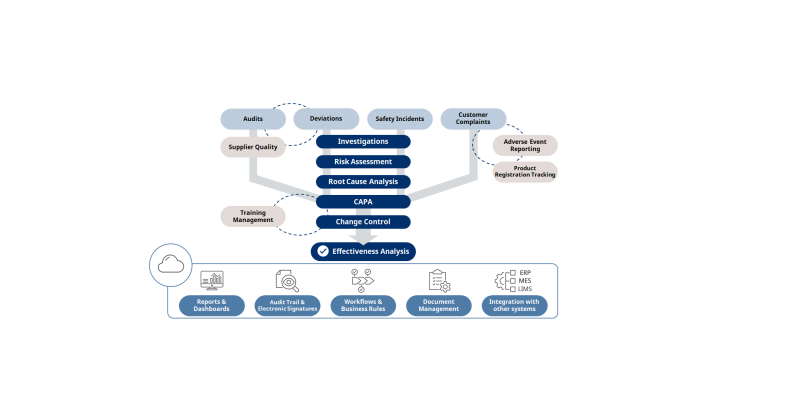Schedule a Call Back
How will Indian manufacturing industry promote sustainable practices?
 Articles
Articles- Aug 29,24

Table 1: Major industrial wastes produced in India
|
Name of the Industrial Waste |
Annual Production (million tonnes) |
|
Flyash |
184.14 |
|
Blast Furnace Slags |
10 |
|
Steel Slag |
12 |
|
Red Mud |
4.71 |
|
Lime Sludges |
4.5 |
|
Lead-Zinc Slag |
0.5 |
|
Phosphorus Furnace Slag |
0.5 |
|
Phoshphogypsum |
11 |
|
Jerosite |
0.6 |
|
Kimberlite |
0.6 |
|
Mine Rejects |
750 |
Source: Jijo James and P K Pandian, Soil Stabilization as an Avenue for Reuse of Solid
Wastes: A Review
Related Stories

Operational EVs in India to cross 28 million units in 2030; IESA
According to the report, the total installed capacity (of India) is required to grow from 466 GW in January 2025 to 900 GW by 2032.
Read more
Elektrolites will be unveiling smart grid solutions in 2025: Anil Saboo
In this interaction, Anil Saboo, CMD, Elektrolites Power Pvt Ltd, explains the trends in the industry and the company's plans for ELECRAMA 2025.
Read more
Miracle Electronic plans to establish a stronger global presence: Nilesh Vadhar
In this interview, Nilesh S Vadhar, Director, Miracle Electronic Devices Pvt Ltd, elaborates on the impact of increasing electrification on the market and how the company is meeting the rising deman..
Read more













